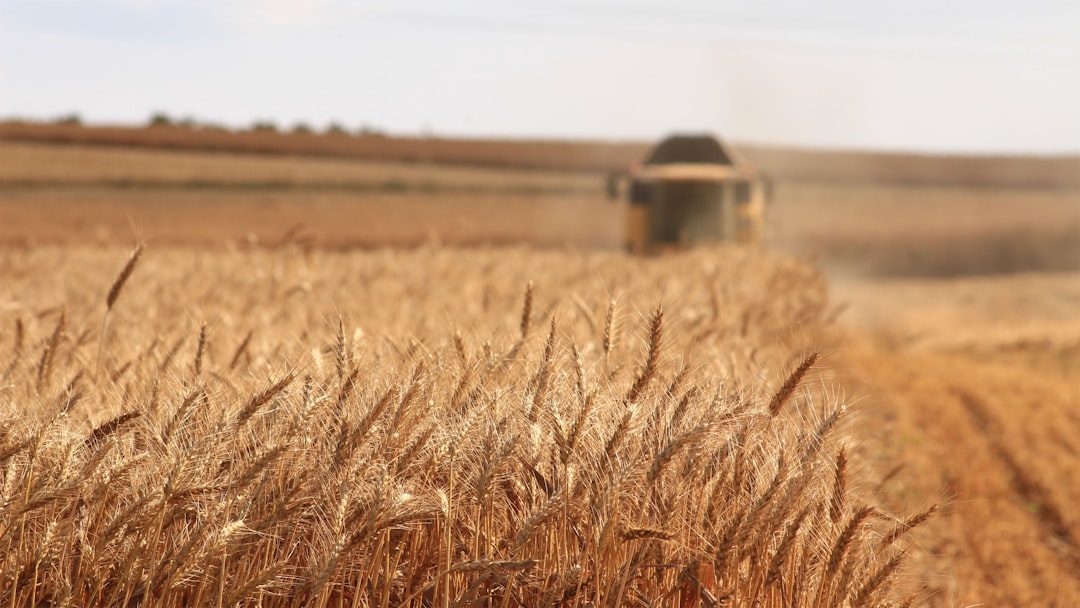What is it about?
We evaluated the population structure, genetic diversity, level of inbreeding, and evolution of the captive population of Great-billed Seed-finch. Additionally, we assessed the response potential to the selection of a characteristic related to the song of these birds.
Featured Image

Photo by Rogean James Caleffi on Unsplash
Why is it important?
This bird is typical of South America and is in serious danger of extinction. Despite this, the captive population of Great-billed Seed-finch is relatively large. No study focused on the genetic diversity status of the captive population has ever been conducted. Also, the possibility of response to artificial selection in traits related to the song of these birds has never been evaluated.
Perspectives
It was very challenging to carry out this research. Collecting the data was the hardest part to deal with. However, it was a great pleasure to analyze the data and discover that breeders have an important genetic diversity in their aviaries. It was still exciting to see that these birds can respond to artificial selection for a song-related trait. This trait has been the motivation of most breeders of these birds. I hope this article will provoke the academic community, breeders and environmental authorities in the conservation of captive Great-billed Seed-finch and not just those free-living birds.
Mário Santana
Universidade Federal de Rondonópolis
Read the Original
This page is a summary of: Quantitative genetic analyses provide parameters for selection and conservation of captive Great-billed Seed-finches (Sporophila maximiliani), PLoS ONE, July 2020, PLOS,
DOI: 10.1371/journal.pone.0236647.
You can read the full text:
Contributors
The following have contributed to this page










